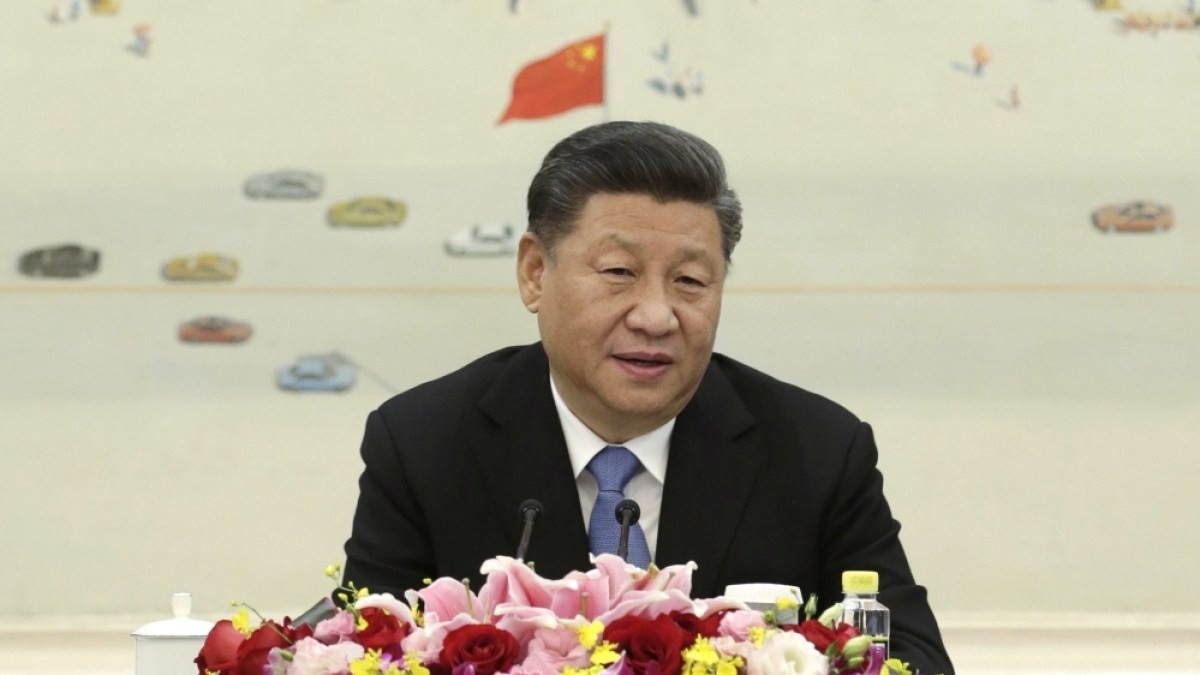On April 1, 2024, India and China observed the 74th year of their diplomatic ties. Still, the day went by without any mention from Indian Prime Minister Narendra Modi or the Ministry of External Affairs (MEA).
The Chinese embassy in India, however, shared a message on X emphasizing “the need for both nations to stick to their leaders’ consensus, handle disputes calmly, and work towards stable and mutually beneficial relations.”
Despite these calls for stability, China took a controversial step by renaming 30 locations in Arunachal Pradesh—an Indian state that China claims as Zangnan (Southern Tibet)—with new Chinese and Tibetan names.
Randhir Jaiswal (Credits: The Economic Times)
This act was met with strong criticism from India. The MEA’s spokesperson, Randhir Jaiswal, dismissed the renaming as meaningless, asserting that Arunachal Pradesh’s status as an integral part of India remains unchanged by such actions.
Wang Wenbin of the Chinese Ministry of Foreign Affairs maintained that the region referred to as Zangnan belongs to China, challenging India’s authority over it and labeling Arunachal Pradesh as “illegally established” by India.
Wang Wenbin (Credits: Reuters)
This exchange underscores ongoing tensions between the two nations over territorial claims, especially following Modi’s recent unveiling of the Sela Tunnel in Arunachal Pradesh on March 9, which seems to have irked Beijing.
This development adds another layer to the complex and delicate relationship between India and China, highlighting the unresolved boundary issues that continue to strain their interactions.
